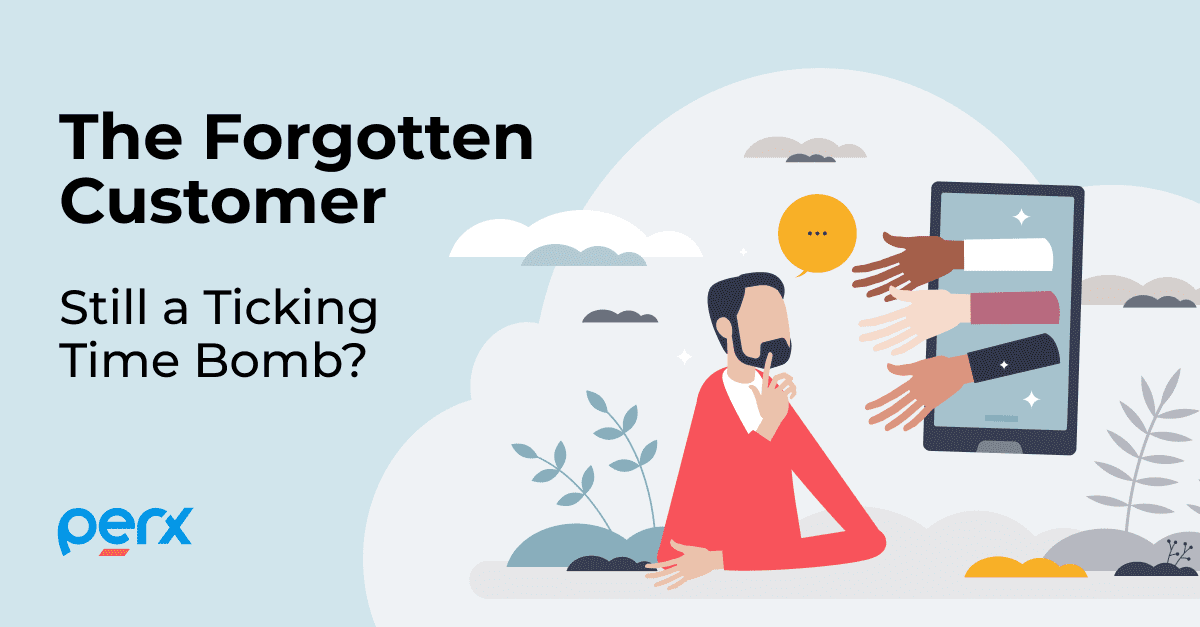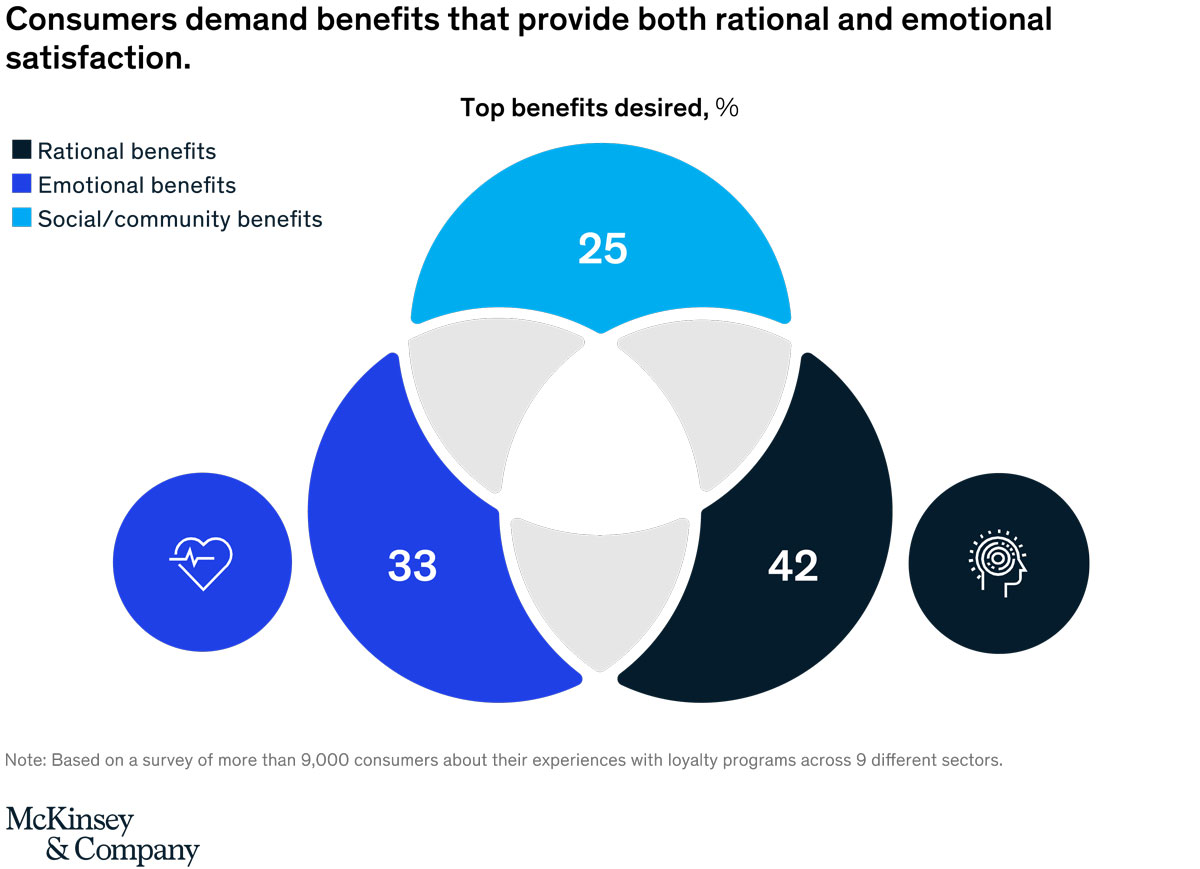How to Improve Loyalty With Customer Engagement

How to Improve Loyalty With Customer Engagement
Discover the game-changing strategies that supercharge customer engagement in loyalty programs.
Establishing a successful loyalty program necessitates a substantial allocation of resources, making it imperative to follow through diligently. While initial customer enrollment may be swift if your message resonates with them, the true measure of success lies in sustaining their engagement as loyal members. In today’s fiercely competitive business landscape, many companies prioritize customer acquisition as a growth driver and often overlook the crucial aspect of customer retention. However, this approach fails to acknowledge the undeniable fact that retaining a customer is far more cost-effective than acquiring a new one! Moreover, loyal customers have the potential to generate more revenue than their initial purchase. Isn’t this an overwhelmingly persuasive incentive to prioritize customer retention?
Types of Loyalty
Understanding how to enhance customer engagement is the first step toward retaining loyal customers. Loyalty can be categorized into the following types.

1. Transactional Loyalty
Transactional loyalty programs are designed to reward customers for their purchases, offering a range of incentives such as points, rewards, and discounts. These programs focus on a customer’s repeated patronage and continued engagement with a company due to the value they receive from each transaction. By engaging customers and providing them with tangible benefits, transactional loyalty programs encourage loyalty, driving long-term engagement and strengthening the overall customer journey.
2. Behavioral Loyalty
Inherent human tendencies toward convenience often shape behavioral buying patterns. Brands can leverage this by implementing a customer loyalty program to influence customers’ purchasing decisions. The program offers various incentives, such as bonus points for specific products purchased at designated times, triple points for purchases exceeding a certain threshold, and additional points based on buying frequency. By employing such strategies, brands can effectively achieve their goals, which may include boosting average order values or promoting specific products.
3. Social Loyalty
Social loyalty programs encourage customers to accumulate points by participating in various social media activities such as sharing content, liking posts, and following brands.
By doing so, these programs facilitate increased social media buzz, enhance overall marketing efforts for the brands, and effectively engage customers in the realm of social media.
Consequently, when customers are prepared to make their next purchase, the brand remains at the forefront of their minds, resulting in improved brand recall.

4. Engagement Loyalty
Expanding upon the foundation of social loyalty, engagement loyalty programs offer incentives to customers who participate in actions such as signing up for emails, subscribing to newsletters, completing surveys, and more. This approach aids brands in gaining a profound understanding of their customer base, resulting in improved customer segmentation and enhanced targeting. Furthermore, it empowers brands to establish more personalized and effective communication channels with customers across multiple platforms.
5. Emotional Loyalty
Emotional loyalty is defined by the deep connection and attachment customers feel towards a brand, based on the positive emotions and experiences they associate with it. It goes beyond transactional loyalty and is built through meaningful interactions and personalized gestures. Brands can leverage emotional loyalty by nurturing genuine relationships with their customers, such as by engaging in personalized communication, acknowledging special occasions, and offering surprise and delight gifts that exceed expectations. These actions demonstrate care, build trust, and foster a sense of belonging, strengthening the emotional bond between customers and the brand. Emotional loyalty stands as the paramount form of loyalty that businesses need to cultivate in their customers.
Strategies to Enhance Participation in Loyalty Programs
To achieve an A+ level of engagement in your loyalty program, here are some strategies that can truly elevate your efforts and ensure customers remain highly engaged and loyal.

– Add Gamification Features to Boost Engagement Rates
Incorporating gamification elements in loyalty programs hooks customers by tapping into their innate desire for competition and achievement.
For example, the unpredictability of spin the wheel games can trigger a sense of anticipation and pleasure, while conquering milestones as a team fosters a sense of belonging.
Ultimately, infusing these gamification features in loyalty programs can create a more enjoyable and rewarding experience for customers, increasing their engagement and loyalty.
– Encourage Point Spend to Minimize Dormancy
In the realm of loyalty programs, dormancy unveils a puzzling predicament where customers let their tier benefits gather dust. To tackle this, it’s suggested to improve rewards by balancing long-term and short-term incentives. Regular communication reminding customers of their point balances is crucial. Moreover, offering a diverse range of attainable rewards like points-plus-cash choices, discounts, free samples, exclusive audience giveaways, and charitable donations can sustain customer interest and engagement.
– Wake up Your Inactive Customers
Begin the journey of re-engaging inactive members in a loyalty program by diligently analyzing their behaviors and preferences, allowing you to unveil tailored incentives. Employ precise communication channels like email or mobile notifications to establish contact, presenting captivating offers, exclusive rewards, or customized promotions. Lastly, generate a sense of urgency by introducing limited-time offers or time-sensitive benefits, prompting swift participation and reigniting their interest in the loyalty program.
– Cultivate Customer Advocacy
Word-of-mouth endorsements from friends and family carry a higher level of trust compared to recommendations from businesses. By implementing strategies that encourage customers to refer their acquaintances, enterprises can effectively augment their customer acquisition rates. Referral programs not only amplify engagement, customer lifetime value, and retention but also cultivate a strong affiliation with the brand, leading to an increased frequency of purchases.
– Boost Engagement and Make Sure Customers Stick Around
Loyal customers form the backbone of a successful business, which is why a low engagement rate in loyalty programs can be a significant source of worry for brands. By harnessing the strategies outlined above, you can effectively ensure that your members not only sign up for your loyalty program but also make the most of its perks. This will lead to enhanced customer retention, increased frequency of purchases, and ultimately, greater profitability for your business.
Optimize your customer loyalty program with The Perx Platform – a cost-effective solution that supercharges user acquisition, in-app engagement, and reduces churn. Book a demo today to learn more about how The Perx Platform synergizes gamification, behavioral science, and adaptive AI to elevate your consumer engagement and loyalty strategy.
Recommended for you

Blogs

Sustainability

Blogs

Blogs

Blogs
Ready to join them?










